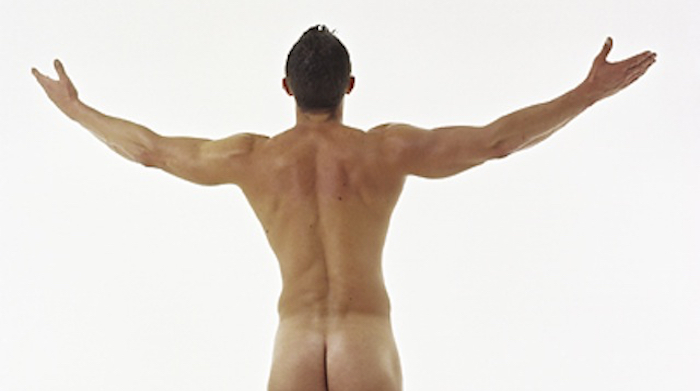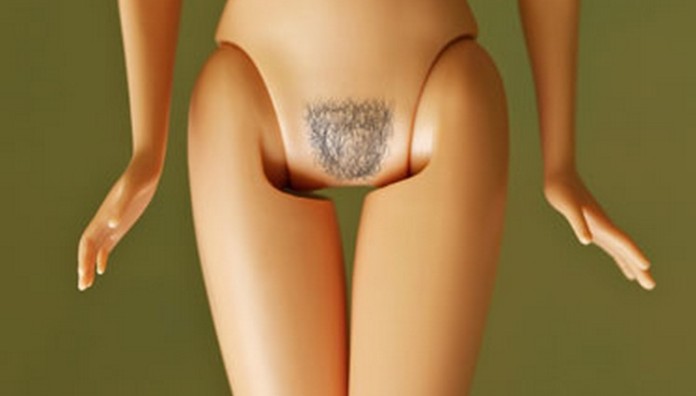
When I use the term “inner penis,” I am not referring in a new age, meditative way to the unexpressed, indiscernible, and unacknowledged spiritual-mental-emotional drive underpinning male sexuality (although that is a good topic for another day). I am referring to the physical, not metaphysical, literal inner part of the penis. Did you know that one half of the penis is actually internal while the other half is external?
Why does man have an inner penis at all? It seems to be such a waste of human flesh. In reality it is very clever engineering—man has an inner penis for the same reason a house has a foundation and a tree has roots. Without solid foundational support, there would not be the infrastructure to enable to a rigid erection, angling proudly up towards the heavens. If the purpose of the penis was only to conduct urine and there was no need for rigidity, there would be no need for such support. However, in order to defy gravity and stand tall and proud at appropriate times, the penis must have strong roots. If a house had a weak foundation, it could easily blow down in a storm and if a tree has a poor root system, a gust of wind could level it, and so robust penile foundational support is a necessity for supporting a rigid erection and allowing it to survive in the “stormy turbulence” it may encounter with sexual activity.
Let’s briefly study the anatomy of the penis: The pendulous penis (hanging like a pendulum) is the external and visible portion of the penis. The penile shaft extends from the base of the penis (where the penis attaches to the body in the pubic region) to the glans (the head of the penis, derived from the Latin word for acorn). The infrapubic penis (“below” the pubic bone) is the inner, hidden, deeper aspect ofthe penis that extends down the pubic bones on each side. The crura (derived from the Latine word for legs) are the deep penile roots, which are secured to the bones and provide the internal support necessary for an erection.
The bulk of the tissue of the penile shaft is composed of three erection chambers that contain spongy, vascular erectile tissue: the paired corpora cavernosa (cave-like bodies) and the single corpus spongiosum (spongy body). Although they are individual cylinders, the corpora cavernosa are interconnected and communicate. The corpora cavernosa run parallel down the shaft of the pendulous penis, and diverge at the level of the inner component of the penis, forming the crura that are anchored to the pelvic bones. The urethra (channel that conducts urine and semen) is enveloped by the corpus spongiosum, which begins in the perineum (area between the scrotum and anus), where it expands to form the bulb and extends to and forms the glans penis. It lies in the groove between the corpora cavernosa.
If you imagine your body to represent the penis, your legs are your crura, your torso is the external penis, and your head is the glans. In order for your torso and head to stand tall and erect, you need your legs planted firmly; otherwise, your torso would crumble to the ground.
Important and intimately connected allies of your inner penis are the pelvic floor muscles, which work with the erection chambers of the penis. The two important pelvic floor muscles involved with sexual function are the bulbocavernosus (BC) and ischiocavernosus (IC) muscles. The BC surrounds the inner, deeper portion of the urethra and covers and compresses the bulb of the penis. It is really a compressor muscle, so I call it the urethral compressor. In its relaxed state, it acts as an internal strut that helps anchor the deepest, internal aspect of the penis. When the muscle is contracted actively after urination, it compresses the urethra to expel the last few drops of urine that remain in the deep urethra. During sex, it helps support the tumescent (swollen) corpus spongiosum and glans. At the time of climax, this muscle is responsible for the expulsion of semen by virtue of its strong rhythmic contractions, allowing ejaculation to occur and contributing to orgasm. The classic 1909 textbook Gray’s Anatomy aptly labeled the BC muscle as “ejaculator urine.”
The paired IC muscles cover and compress each corpus cavernosum of the penis. They, too, are compressor muscles, so I call them the corporal compressors. In their relaxed state, they act as internal struts that help anchor the deepest aspect of the corpora—the crura—to the perineum. The IC muscles stabilize the erect penis and compress the corpora, decreasing the return of blood to help maintain penile rigidity and sky-high blood pressures in the penis. At the time of climax, they contract rhythmically and are responsible for maximal erectile rigidity at the time of ejaculation.








Leave a Reply